Home>Garden Essentials>How Long Does It Take For Turnips To Germinate
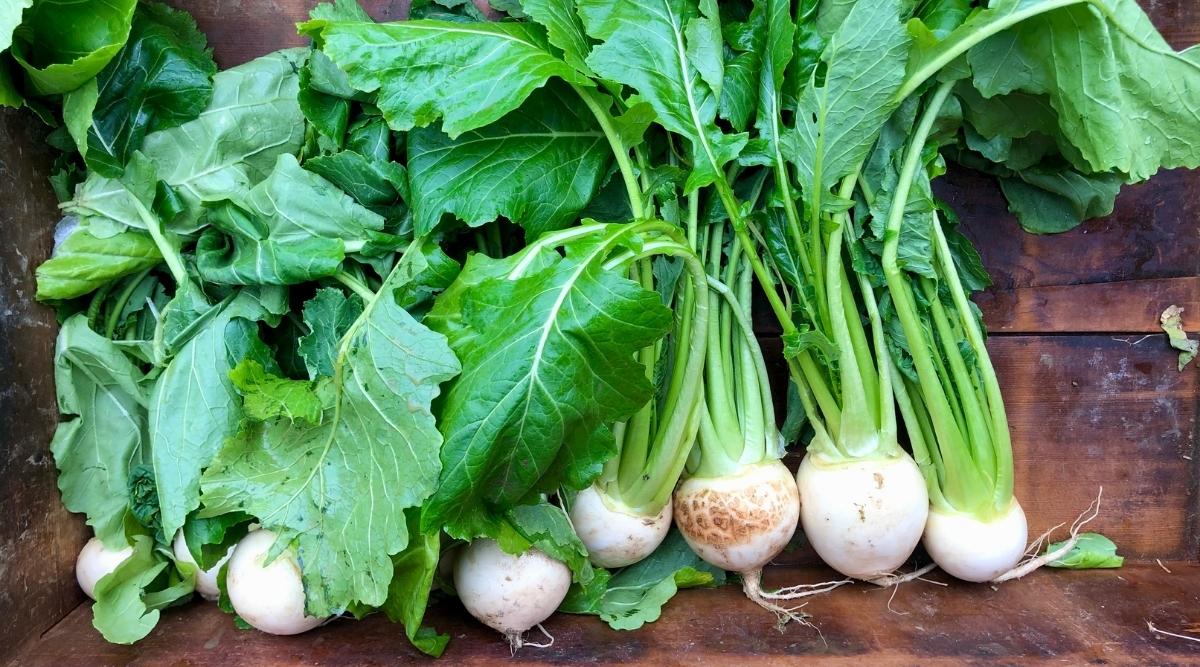

Garden Essentials
How Long Does It Take For Turnips To Germinate
Modified: March 15, 2024
Learn how long it takes for garden turnips to germinate and start growing. Plan your garden timeline with this essential gardening information.
(Many of the links in this article redirect to a specific reviewed product. Your purchase of these products through affiliate links helps to generate commission for Storables.com, at no extra cost. Learn more)
Introduction
Welcome to the fascinating world of gardening! If you’ve ever wondered how long it takes turnips to germinate, you’ve come to the right place. Understanding the germination process is essential for successful gardening, and knowing the specific requirements of turnips will give you a head start in growing these nutritious and versatile vegetables. In this article, we’ll explore the factors that can influence turnip germination, the ideal conditions for their growth, the typical timeframe for germination, and some tips to promote successful germination. So, let’s dive in and uncover the secrets of turnip germination!
Key Takeaways:
- Turnip seeds need cool temperatures, moisture, and well-draining soil to germinate. Providing ideal conditions and monitoring for pests can help ensure successful turnip sprouting.
- Pre-soaking seeds, warming the soil, and maintaining consistent moisture are key to promoting turnip germination. Troubleshoot issues like poor germination and pest infestations for healthy plant growth.
Read more: How Long Does It Take Turnips To Germinate
Factors Affecting Turnip Germination
Several factors play a role in the germination process of turnip seeds. Understanding these factors will help you create the optimal conditions for successful germination. Here are some key factors to consider:
- Temperature: Turnip seeds prefer cooler temperatures for germination, ideally between 50°F (10°C) and 80°F (27°C). Extreme heat or cold can hinder germination.
- Moisture: Adequate moisture is crucial for turnip seeds to germinate. The soil should be moist but not waterlogged. Sufficient water availability is essential throughout the germination process.
- Light: Turnip seeds do not require light to germinate and can actually germinate in complete darkness. However, once they sprout, they need sufficient light for healthy growth.
- Soil Quality: A well-draining and fertile soil is important for turnip germination. The soil should have good moisture retention while allowing excess water to drain freely.
- Seed Quality: High-quality seeds with good viability and stored under suitable conditions will have a higher germination rate. It is recommended to source seeds from reputable suppliers.
- Seed Treatment: Some gardeners opt for pre-soaking or scarifying (scratching the seed coat) to improve germination rates. However, turnip seeds generally have a high germination rate without any special treatment.
By understanding and manipulating these factors, you can create the optimal environment for turnip germination and increase the chances of successful seed sprouting. Now that we’ve explored the factors that influence turnip germination, let’s move on to understanding the ideal conditions required for germination.
Ideal Conditions for Turnip Germination
To ensure successful turnip germination, it’s important to provide the ideal conditions that promote seed sprouting and early growth. Here are the key elements to consider:
- Soil pH: The optimal soil pH for turnip germination is between 6.0 and 7.5. Testing your soil and amending it if necessary can help create the ideal pH range for turnip seeds to thrive.
- Soil Preparation: Before sowing turnip seeds, prepare the soil by removing any weeds, rocks, or debris. Loosen the soil to a depth of at least 6 inches (15 cm) to ensure good root development. Adding organic matter like compost can improve soil fertility and moisture retention.
- Seed Depth: Turnip seeds should be sown at a depth of approximately 1/4 inch (0.6 cm). Planting the seeds too shallow or too deep can result in poor germination rates.
- Watering: During the germination period, the soil should be consistently moist. Water the area gently, ensuring that the seeds and soil are evenly moistened. Avoid overwatering, as soggy soil can lead to rot and poor germination.
- Temperature: Turnips prefer cooler temperatures for germination, as mentioned earlier. Keeping the soil temperature within the recommended range of 50°F (10°C) to 80°F (27°C) will help promote successful germination.
- Protection from Pests: Protecting young turnip seedlings from pests like birds, slugs, and insects is vital for their survival. Consider using row covers, netting, or organic pest control methods to shield the seedlings until they are well-established.
By following these ideal conditions, you can create an environment conducive to turnip germination. Providing the right pH, preparing the soil properly, sowing at the correct depth, maintaining consistent moisture, and protecting the seedlings will significantly increase the chances of successful germination. Now that we understand the ideal conditions, let’s move on to discussing the typical timeframe for turnip germination.
Germination Timeframe for Turnips
The germination timeframe for turnips can vary depending on various factors, including temperature, moisture, and seed quality. On average, turnip seeds typically take around 7 to 14 days to germinate.
However, it’s important to note that germination times may vary. Factors such as soil conditions, temperature fluctuations, and seed viability can influence the speed of germination. Cooler temperatures at the lower end of the preferred range can prolong the germination process, while warmer temperatures can speed it up.
During the germination period, it’s essential to keep the soil consistently moist. Monitor the moisture levels and water as needed to prevent the soil from drying out. Be patient and resist the temptation to overwater, as this can lead to rot and hinder germination.
Another crucial aspect to consider is the quality of the seeds you sow. High-quality turnip seeds, fresh and stored properly, will have a higher germination rate and faster sprouting compared to older or low-quality seeds. It’s always recommended to source seeds from reputable suppliers or trusted sources to ensure the best chance of successful germination.
As you closely monitor the germination process, you’ll notice tiny green shoots emerging from the soil. Once sprouted, turnip seedlings will continue to grow and develop their true leaves. At this stage, it’s important to provide sufficient light for healthy growth and consider thinning the seedlings to allow proper spacing for optimum development.
Remember, germination is just the beginning of the turnip growing journey. As the seedlings grow, continue to provide them with the necessary care and attention, including adequate water, proper nutrition, and protection from pests. With patience, nurturing, and a little bit of luck, you’ll soon have a bountiful harvest of turnips in your garden.
Now that we have a good understanding of the germination timeframe, let’s move on to some tips for promoting turnip germination.
Turnip seeds typically germinate within 5-10 days when planted in well-drained soil with plenty of sunlight. Keep the soil consistently moist to help speed up the germination process.
Tips for Promoting Turnip Germination
To increase the chances of successful turnip germination, consider implementing these tips and techniques:
- Pre-soaking Seeds: If you want to give your turnip seeds a head start, you can pre-soak them in water for a few hours before planting. This can help speed up the germination process.
- Warm the Soil: If you’re sowing turnip seeds early in the season when temperatures are still cool, consider warming the soil before planting. You can cover the planting area with black plastic or use a soil heating mat to increase the soil temperature slightly.
- Use a Seed Starting Mix: For optimal germination, consider using a sterile seed starting mix. These mixes are lighter and have better moisture retention compared to regular garden soil.
- Provide Consistent Moisture: Moisture is vital for turnip germination. Regularly check the moisture levels in the soil and water as needed to keep it consistently moist. Avoid overwatering, as it can lead to rotting.
- Protect from Extreme Weather: If you’re expecting extreme weather conditions, such as heavy rains or heatwaves, provide protection to your turnip seeds and seedlings. You can use row covers, cloches, or shade cloth to shield them from excessive moisture or heat stress.
- Thin Seedlings: Once the turnip seedlings have sprouted and developed their true leaves, thin them out to provide adequate spacing. Proper spacing not only allows the plants to grow without competition but also promotes air circulation, reducing the risk of diseases.
- Maintain Weed Control: Keep the area around the turnip seedlings free from weeds, as they can compete for nutrients and water. Regular weeding will help ensure that the turnip seedlings have ample resources to grow and thrive.
- Monitor for Pests: Keep a close eye on your turnip seedlings for any signs of pest infestation. Early intervention can prevent damage to the plants. Consider using organic pest control methods or protective barriers to deter pests.
- Record and Learn: Keep a journal to record the germination success rate, the techniques you’ve tried, and any observations or lessons learned. This will help you refine your approach for future plantings and achieve even better germination rates.
By incorporating these tips into your turnip germination process, you’ll give your seeds the best chance of sprouting and developing into healthy plants. Remember to stay patient and attentive, as gardening is a continuous learning experience.
Next, let’s discuss some common issues and troubleshooting tips to overcome them during turnip germination.
Read more: How Long Does It Take Sorghum To Germinate
Common Issues and Troubleshooting
While turnip germination is generally straightforward, you may encounter a few common issues. Here are some troubleshooting tips to help you overcome potential challenges:
- Poor Germination: If you notice a low germination rate, it could be due to old or low-quality seeds. Ensure you’re using fresh, viable seeds from a reputable source. Additionally, check your soil moisture levels and temperature to ensure they are within the optimal range.
- Disease and Pests: Turnip seedlings can be susceptible to diseases like damping-off or pests like flea beetles. To prevent diseases, avoid overwatering and provide good air circulation. For pests, consider using organic insecticides or integrated pest management practices.
- Uneven Germination: If some seeds germinate while others don’t, it could be due to inconsistent moisture or temperature. Ensure you’re providing the same level of care and conditions to all seeds, and monitor moisture levels to maintain consistency.
- Seedling Weakness: Weak or leggy seedlings can be a sign of insufficient light. Make sure your seedlings receive at least 6-8 hours of direct sunlight daily. If growing indoors, use grow lights to provide adequate light intensity and duration.
- Seedlings Being Eaten: If you notice your seedlings being eaten, it could be due to pests like slugs or snails. Set up barriers such as copper tape or diatomaceous earth to deter these pests. Alternatively, handpick them off the plants.
- Seedling Wilting: If your seedlings are wilting, it could indicate underwatering or overwatering. Ensure you’re monitoring the soil moisture levels and adjusting your watering accordingly. Allow the soil to dry slightly between waterings to avoid waterlogged conditions.
Keep in mind that gardening is a dynamic process, and challenges can arise. By addressing these common issues promptly and taking appropriate measures, you can increase the chances of successful turnip germination and ensure healthy plant growth.
Stay observant and attentive throughout the germination process. Observe your plants closely, make adjustments as needed, and learn from each experience to refine your gardening techniques.
Now that we’ve covered some troubleshooting tips, let’s wrap up this article.
Conclusion
Understanding the process of turnip germination is essential for every gardener aiming to grow these nutritious and versatile vegetables. By considering the factors that affect turnip germination, providing ideal conditions, and implementing effective techniques, you can increase the chances of successful seed sprouting and early growth.
Factors such as temperature, moisture, light, soil quality, and seed quality can influence the germination process. Creating the optimal conditions, such as maintaining proper soil pH, preparing the soil well, sowing at the correct depth, and ensuring consistent moisture, will promote successful turnip germination.
Additionally, implementing tips like pre-soaking seeds, warming the soil, using a seed starting mix, and protecting the seedlings from extreme weather and pests will further enhance the germination process. Regular monitoring, thinning of seedlings, weed control, and pest management are also crucial steps to ensure the healthy development of turnip plants.
Be prepared for common issues that may arise during turnip germination, such as poor germination, disease and pest infestations, uneven germination, weak seedlings, and wilting. By troubleshooting these issues promptly and taking appropriate actions, you can overcome challenges and facilitate successful germination.
Remember, gardening is an ongoing learning experience. Each planting season provides an opportunity to refine your techniques and improve your germination rates. Keep a journal to record your methods, observations, successes, and areas for improvement, as this will help you become a more skilled and knowledgeable gardener.
So, whether you’re a new gardener or a seasoned enthusiast, armed with the knowledge and tips shared in this article, you’re now equipped to embark on a successful turnip germination journey. Enjoy the process, stay patient, and soon you’ll be rewarded with a bountiful harvest of delicious turnips from your own garden!
Happy gardening!
Frequently Asked Questions about How Long Does It Take For Turnips To Germinate
Was this page helpful?
At Storables.com, we guarantee accurate and reliable information. Our content, validated by Expert Board Contributors, is crafted following stringent Editorial Policies. We're committed to providing you with well-researched, expert-backed insights for all your informational needs.





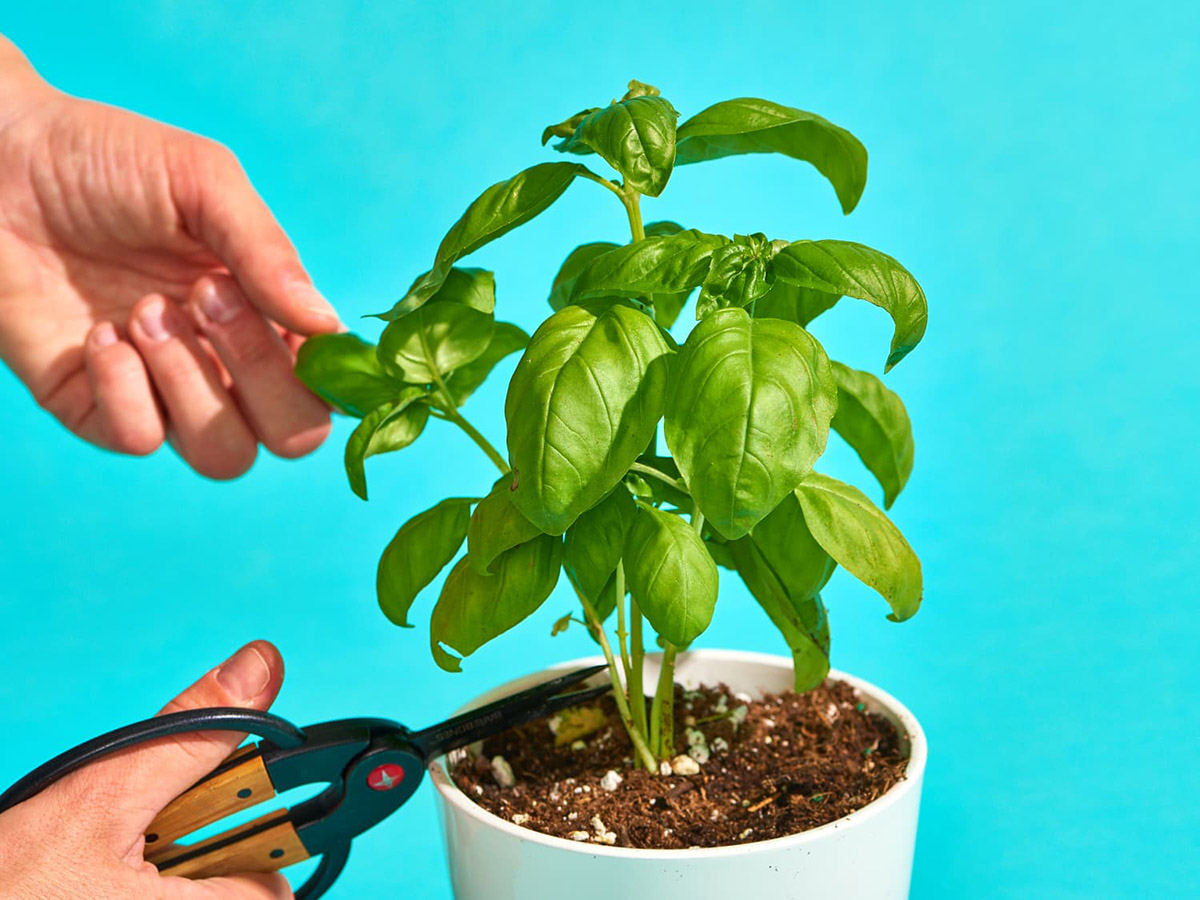
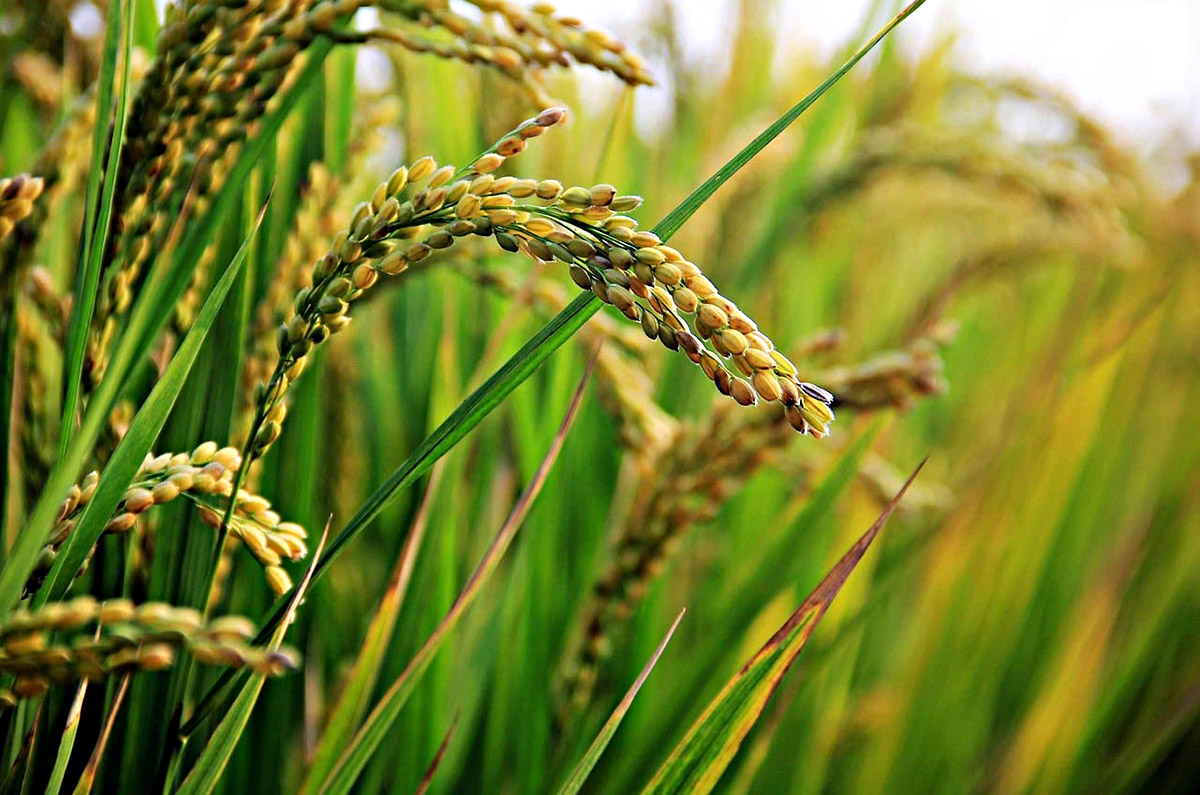
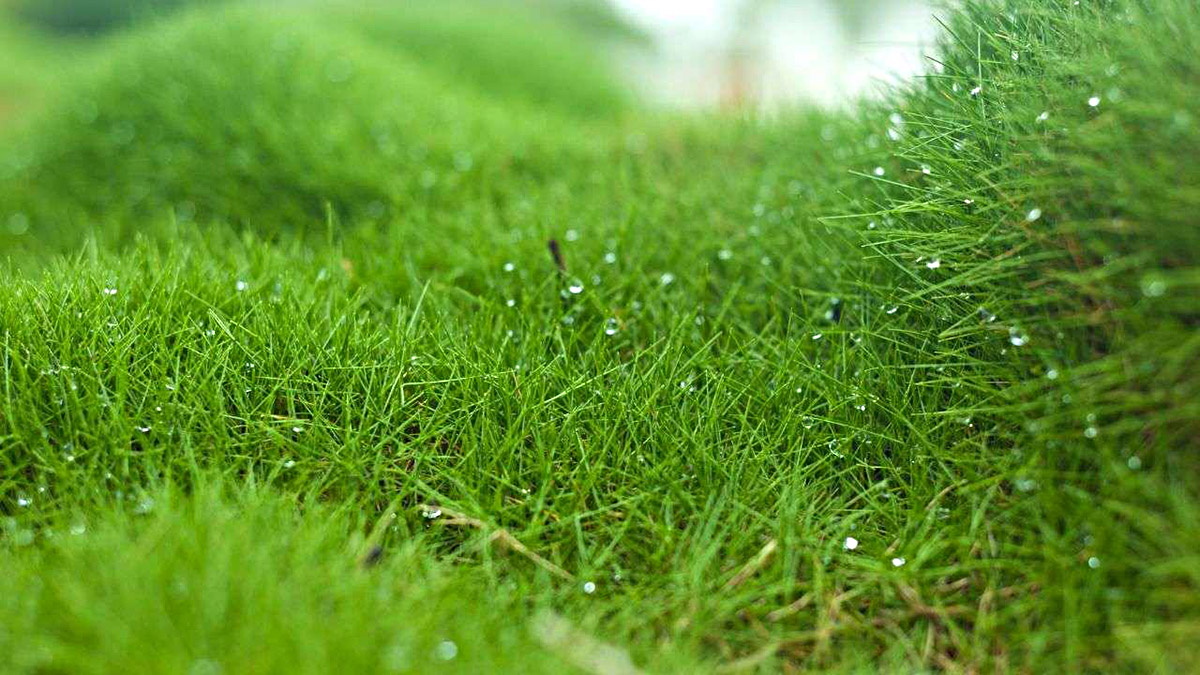
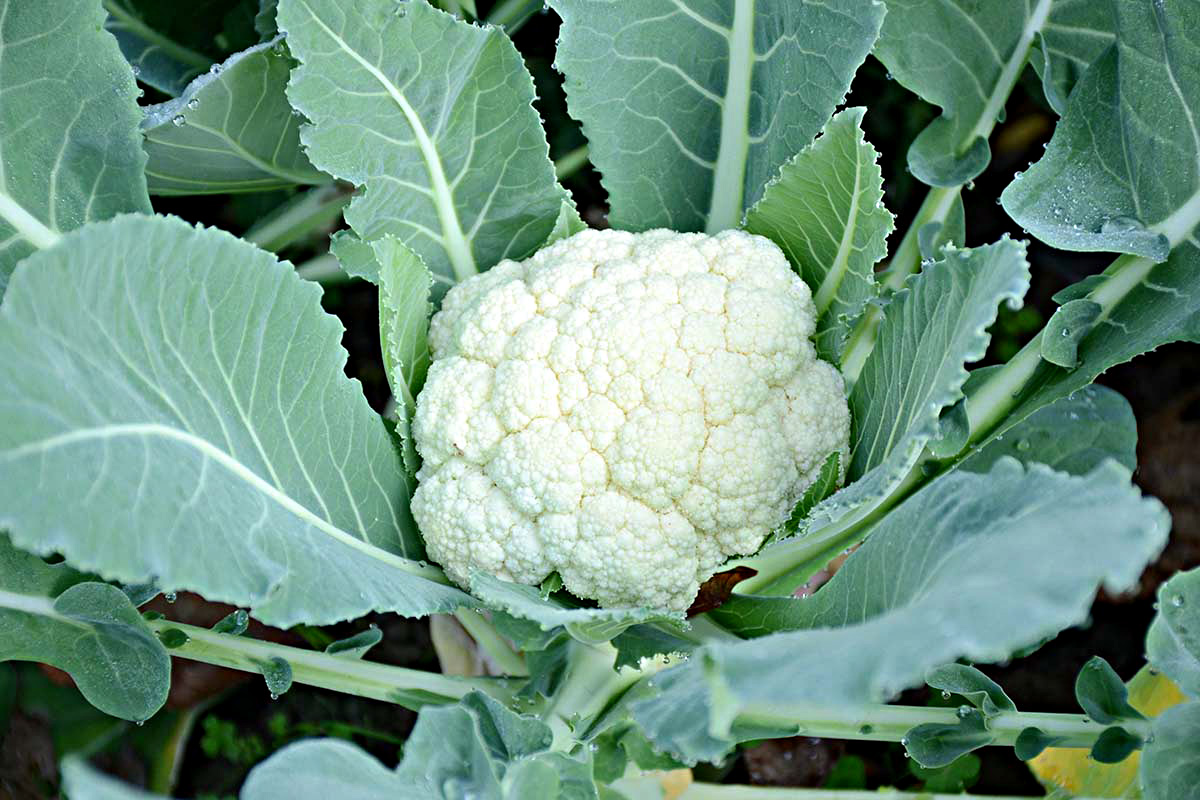
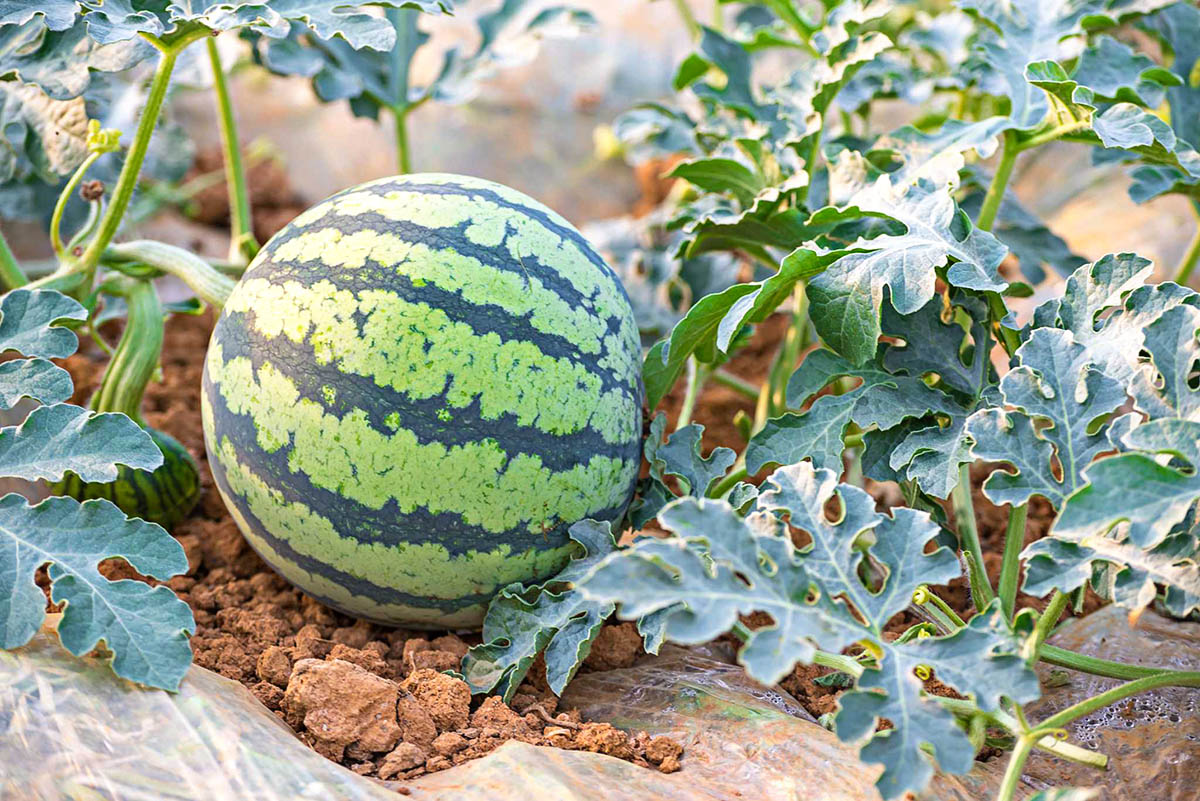

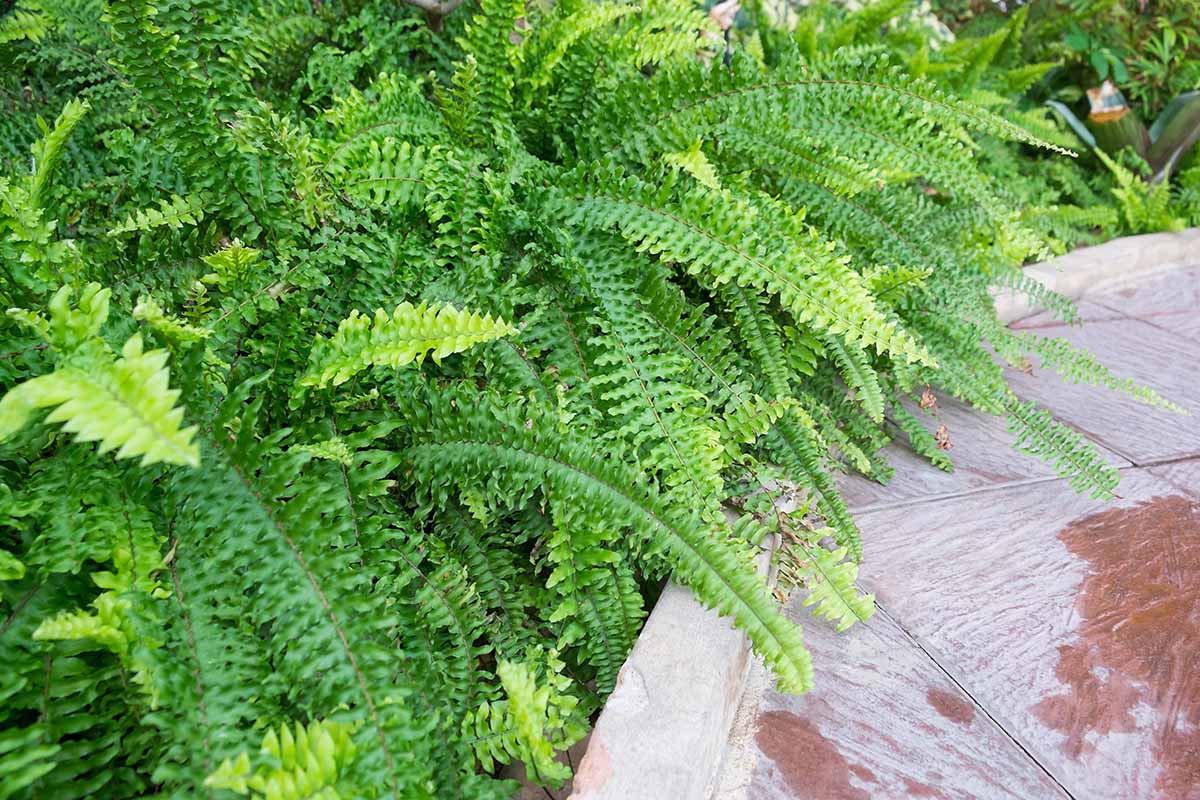
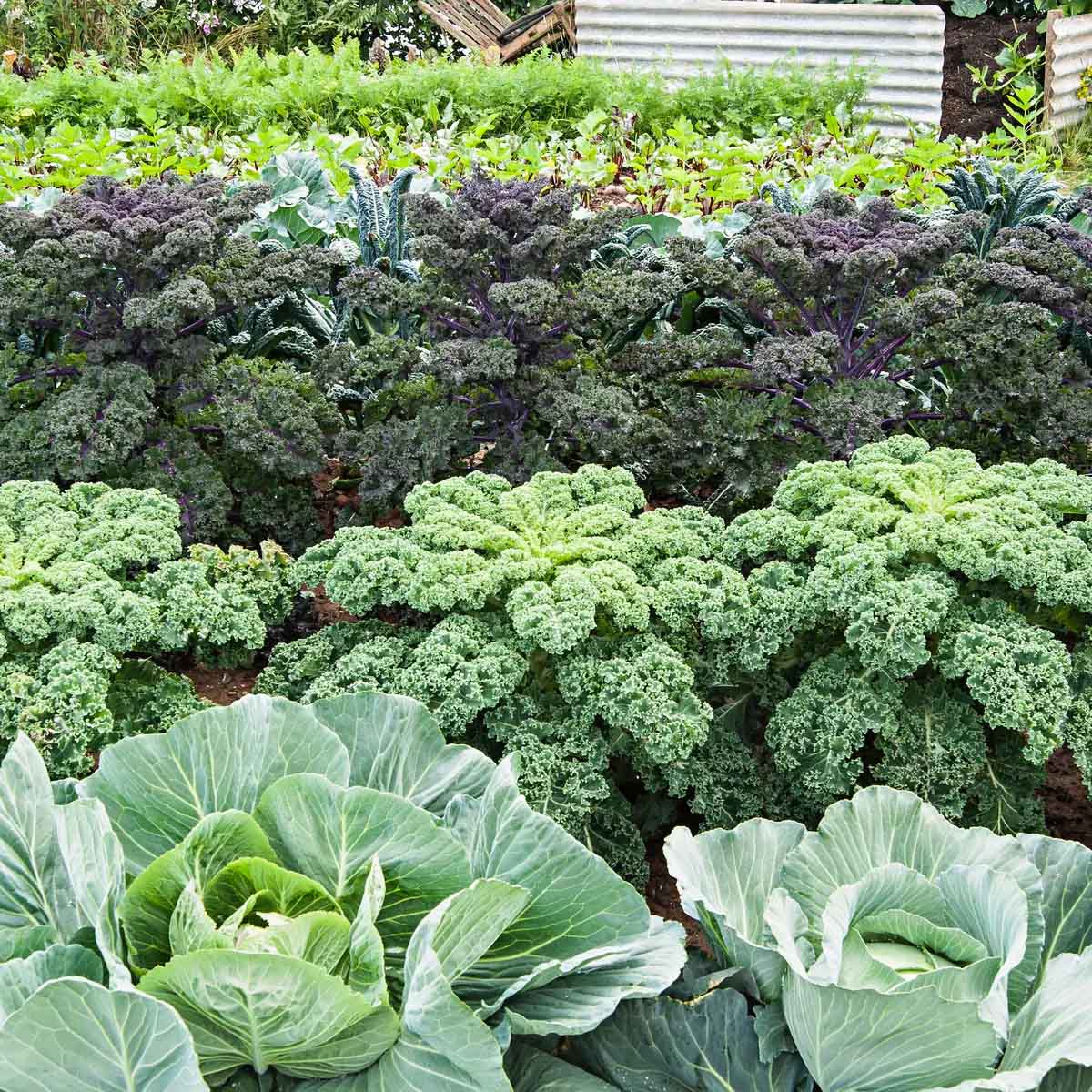
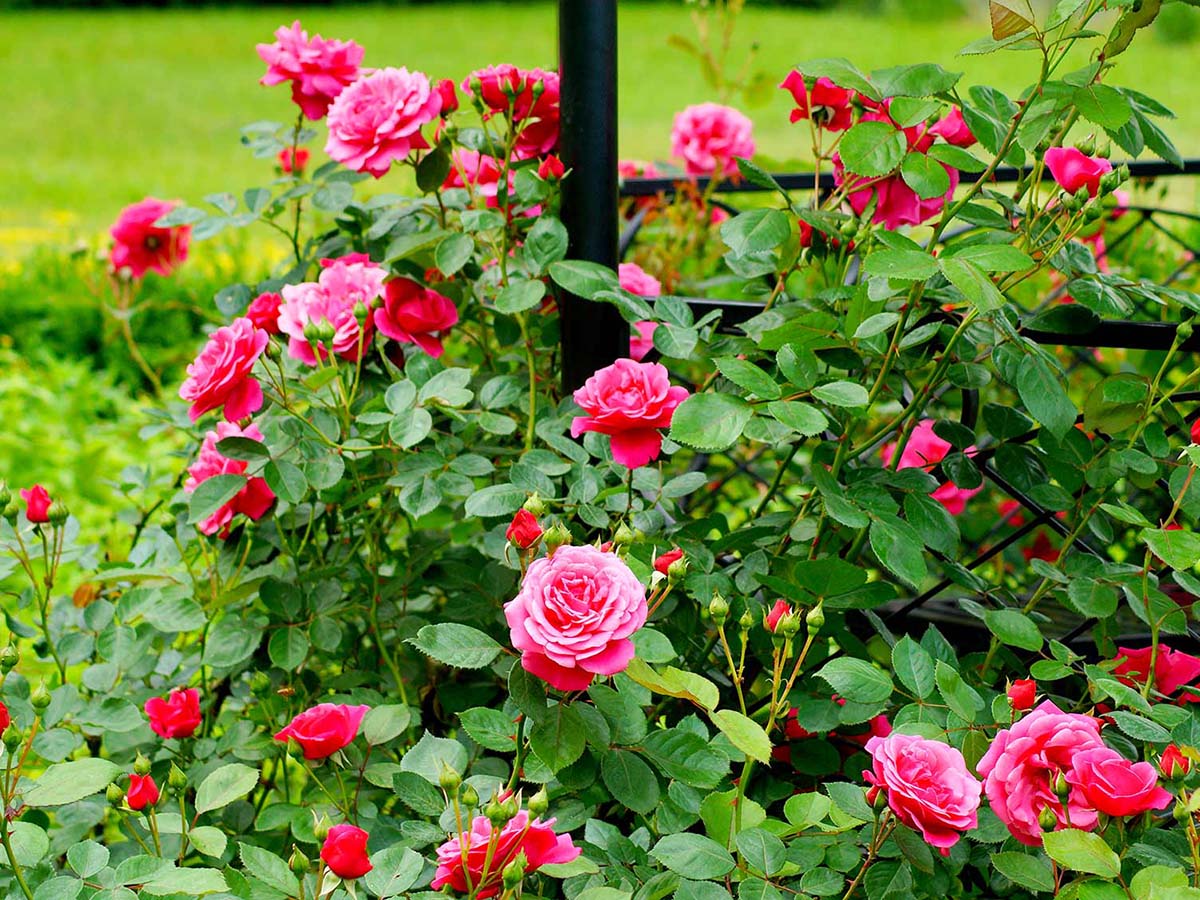

0 thoughts on “How Long Does It Take For Turnips To Germinate”